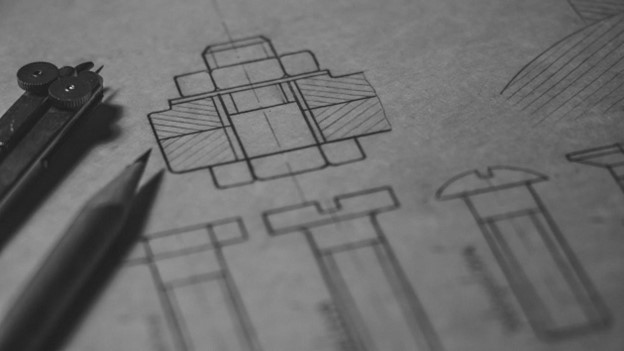My blog focuses on Technology. All great innovations and inventions start with prototypes. An issue though is creating that prototype that get set up the next phase for your invention. The following contributed post is entitled, Why Your Prototype Just Keeps Failing.
* * *

There’s nothing worse than watching a prototype fall apart right in front of you after months of effort. It’s extremely disheartening, right? Just think about it for just a moment; you tweak the design, re-run the specs, double-check every drawing, maybe you even negotiated with some suppliers, and it still doesn’t work the way it should. It gets frustrating fast. Now, it’s not to put the blame on you, but sometimes, the issue itself might not actually be the design. Sometimes, it could very well be something else.
It’s Probably Not the Concept Itself
Well, that should be a relief, right? A lot of inventors and startup teams assume their idea is flawed when a prototype misbehaves. But more often than not, it’s the materials, assembly, or fabrication methods that are tripping things up. But yeah, precision matters more than people think (especially nowadays with so many businesses intentionally trying to cut corners wherever possible), especially when the components are supposed to move, support weight, or fit together like puzzle pieces.
But it really can’t be stressed out enough that cutting corners with general materials or cheap manufacturing options can mess up tolerances. And when tolerances are even slightly off, you get weak joins, warped parts, or motion that doesn’t quite work. It can make a genius design look like a total flop. That’s usually why people try to flock to artisans rather than anything mass-produced, mostly due to the expectation that it’s going to flop.
What You Need Is Better Execution
Go ahead and think of your prototype like a gourmet recipe. The instructions could be flawless, but if you’re using the wrong tools or stale ingredients, it’s going to taste off. Like, it’s going to taste way off. So, you need execution that meets the quality of the idea itself, and yes, the suppliers you look into are hands down going to matter. It goes back to above, where it’s not always the concept itself.
For example, you might need custom tube fabrication, and you might need the best of the best when it comes to suppliers (and ideally they’re committed to customer service and quality). You absolutely need that stability, and it has to stay consistent. Seriously, that kind of reliability is what gives a prototype the chance to shine.
You have to Look Beyond the Cheap Fixes
Sure, in the rush to get a product out there, it’s easy to fall into the trap of “fast and cheap.” And while speed and budget matter, those quick solutions can come back to bite you. Yeah, that always will, like the sloppy welds, imprecise bends, or using the wrong material grade can all turn a decent build into a disaster.
So, instead, the smart move is to zoom out. Look at the process holistically. Does the fabrication method match your design’s requirements? Are you compromising too much on material to shave off a bit of the cost? Does the manufacturer you’re working with specialize in precision builds or just mass production?
Your Prototype Deserves Better
Overall, a solid design doesn’t need to be reimagined. It needs to be respected. That means giving it the kind of build quality that brings it to life the way you envisioned it. Just like what’s been stated all throughout this article, you absolutely need to think about quality; you can’t cut corners like every other brand and product is trying to do out there.
